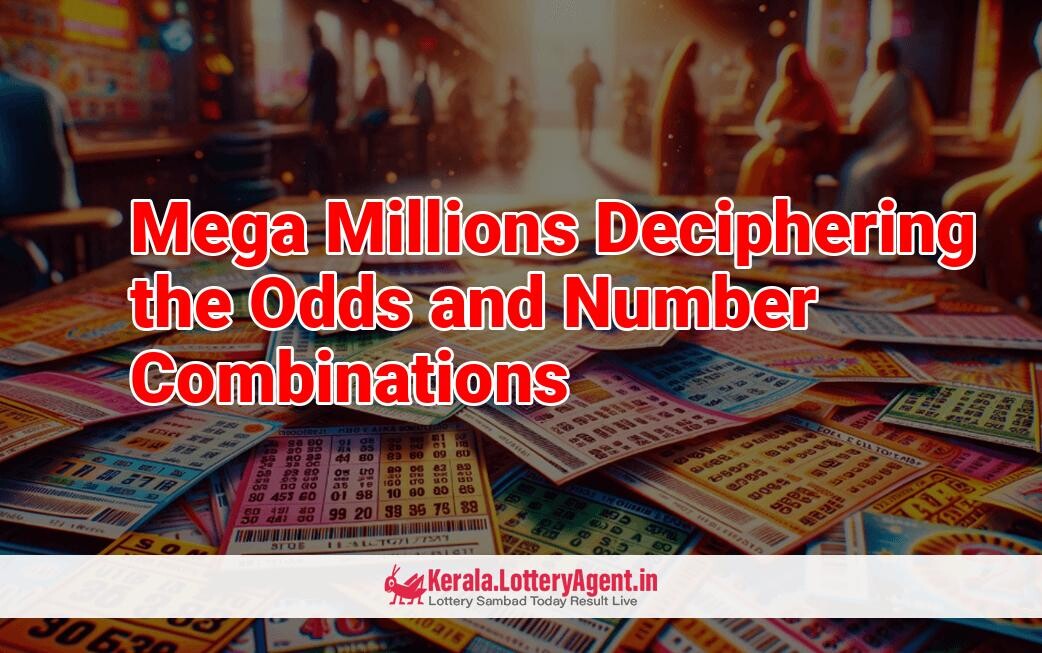
With the allure of becoming instant millionaires, players from the United States and across the globe are magnetized by the colossal jackpots of the Mega Millions lottery, which can soar to the hundreds of millions or even surpass the billion-dollar mark. However, the astronomical possibilities of winning often leave participants pondering about their chances and the specific number of combinations available.
Delving into the heart of these queries, let us illuminate the sheer scope of possibilities within the Mega Millions: a staggering array of over 302 million different number sets. Every combination stands an equal chance of being drawn, painting a picture of the exceedingly daunting odds that players face in their quest for the jackpot treasure. Despite these odds, lower-tier prizes offer significantly better prospects to aspiring winners.
To fully grasp the magnitude of the number combinations, an understanding of the game’s structure is essential. Mega Millions operates on a dual-pool system, tasking players with selecting five unique numbers, referred to as the white balls, from a set of 1 to 70, alongside one number from a separate set of 1 to 25, known as the Mega Ball. Victory in Mega Millions is sealed by accurately predicting both the white balls and the Mega Ball, with lower-tier prizes awarded for partial matches.
Draws are held each Tuesday and Friday, employing two machines—one for the white balls and another for the Mega Ball. Ball sets and machines are chosen at random and subject to external certification to ensure fairness. Additionally, rigorous testing procedures solidify the randomness of the drawing, making number prediction an endeavor of chance.
For those eager to witness the drawing process, live broadcasts are available on WSB-TV at 11:00 pm on the night of the draws.
The number of possible lottery combinations is determined by applying the binomial coefficient formula, which calculates the diverse ways to choose a number from a larger set. Hence, the Mega Millions combination calculations are bifurcated: we choose five numbers from 70 for the white balls and one from 25 for the Mega Ball. Multiplying the outcomes of these two stages yields the game’s total number of combinations.
Mega Millions boasts a staggering number of possible combinations, outmatched only by Italy’s SuperEnalotto, with Powerball trailing closely behind. This expansive set of combinations renders Mega Millions a challenging conquest. The saving grace, however, is the gargantuan jackpot that continues to grow until claimed by a winner.
A comparative table elucidates the various possible combinations across different lotteries, highlighting Mega Millions’ formidable odds. The Mega Millions Megaplier adds a layer of excitement, allowing players to multiply their non-jackpot winnings for an additional $1 per ticket. Drawn from a pool of 15 balls with markings ranging from 2X to 5X, the Megaplier outcome is entirely unforeseeable.
However, the use of the Megaplier has no bearing on the number of combinations or the likelihood of securing the Mega Millions jackpot—the game’s odds remain constant.
Theoretical musings suggest the possibility of purchasing every Mega Millions combination, a venture necessitating around $605 million in ticket costs. But in practice, the obstacles are immense, ranging from the impracticality of filling out innumerable tickets in a timely fashion to the ticketing limitations imposed on lottery retailers.
Moreover, the enterprise’s worth hinges on the jackpot’s size. The prospect of shared winnings, the substantial impact of taxation, and other logistical challenges rend the notion of securing all possible combinations unfeasible. Based on calculations, such a bold gambit could result in monumental financial losses.
With the impracticality of encompassing all combinations laid bare, players are urged to explore alternative strategies to contend with the challenging odds. Techniques such as wheeling systems, quick picks, and Pick 5, fortified by insights from past draw results and lottery prediction software, could potentially improve one’s chances of success.
Ultimately, the only surefire method to nab a winning combination in Mega Millions is to acquire all possible sequences, a task unattainable in reality. As players continue to dream big and hope for the slim 1 in 302,575,350 chance of winning the jackpot, they must decide whether their personal lucky numbers or the randomness of Quick Pick better fits their lottery philosophy. No strategy guarantees a jackpot win, but clever playing methods can offer a glimmer of hope in the enigmatic world of lottery gaming.











